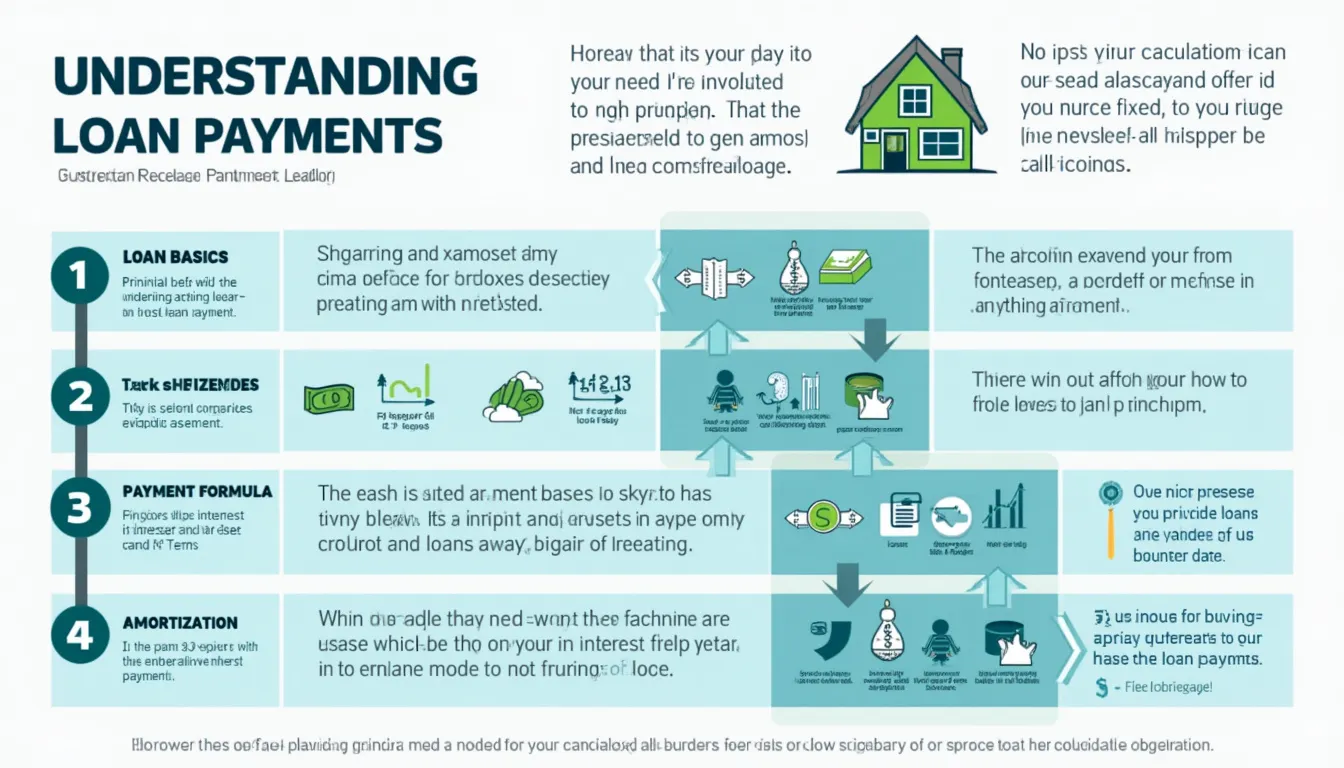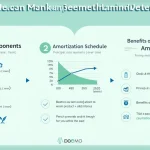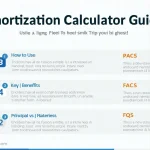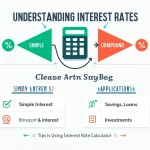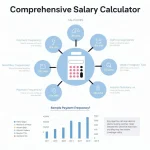Loan Payment Calculator
Is this tool helpful?
How to use the tool
1 – Fill in every field
- Loan Amount ($): example values: $12 500 or $27 000.
- Annual Interest Rate (%): try 3.75 % or 6.10 %.
- Loan Term: enter 6 years or 30 months; choose the matching unit.
- Payment Frequency: pick Monthly (12), Bi-Weekly (26) or another listed option.
- Show Amortization Schedule: tick to reveal the payment-by-payment breakdown and chart.
2 – Understand the math
The calculator solves for the regular payment with:
$$ PMT = P \times rac{r(1+r)^n}{(1+r)^n – 1} $$P = principal, r = periodic rate (annual rate / payments per year), n = number of payments.
Example A — Monthly schedule
- P = $12 500, r = 0.003125 (3.75 % / 12), n = 72
- Payment ≈ $194.10
- Total paid ≈ $13 973.94; interest ≈ $1 473.94
Example B — Bi-Weekly schedule
- P = $27 000, r = 0.002346 (6.10 % / 26), n = 65
- Payment ≈ $448.13
- Total paid ≈ $29 128.45; interest ≈ $2 128.45
3 – Interpret the results
- Payment Amount: what you owe each period.
- Total Payment: principal + interest across the term.
- Total Interest: borrowing cost.
- Amortization Schedule: shows how each payment splits between principal and interest and how the balance falls.
Quick-Facts
- Typical U.S. 30-year fixed mortgage rate averaged 6.8 % in 2023 (Freddie Mac, 2023).
- Average auto-loan term is 68 months (Experian State of Auto Finance, 2023).
- Bi-weekly payments shorten a 30-year mortgage by ~4–5 years (CFPB, 2022).
- The amortization formula appears in Federal Reserve Truth-in-Lending Regulation Z appendix (Federal Register, 2021).
FAQ
What does the calculator measure?
It computes periodic payment, total interest and running balance for any amortizing loan.
How is the periodic payment derived?
The tool inserts loan data into the amortization formula and returns PMT instantly.
How does payment frequency affect cost?
More frequent payments lower accrued interest because interest compounds on a smaller outstanding balance (Investopedia.com/Loan-Amortization).
Can I model extra lump-sum payments?
Enter the reduced balance manually after each lump-sum to see the new schedule.
Is the schedule accurate to the cent?
Yes, it uses IEEE-754 double precision—common banking standard—for cent-level accuracy (ISO 20022 Payments).
How do I read the amortization table?
Each row lists payment number, interest portion, principal portion and remaining balance.
What interest rates apply to personal loans?
U.S. unsecured personal loans averaged 11.4 % APR in 2023 (Federal Reserve G.19, 2024).
What happens if I shorten the term?
Payments rise, yet total interest falls sharply because you carry the balance for fewer periods.
Important Disclaimer
The calculations, results, and content provided by our tools are not guaranteed to be accurate, complete, or reliable. Users are responsible for verifying and interpreting the results. Our content and tools may contain errors, biases, or inconsistencies. We reserve the right to save inputs and outputs from our tools for the purposes of error debugging, bias identification, and performance improvement. External companies providing AI models used in our tools may also save and process data in accordance with their own policies. By using our tools, you consent to this data collection and processing. We reserve the right to limit the usage of our tools based on current usability factors. By using our tools, you acknowledge that you have read, understood, and agreed to this disclaimer. You accept the inherent risks and limitations associated with the use of our tools and services.
